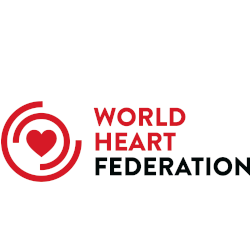Review
WHO MONICA Project and its Connections to the North Karelia Project
Abstract
The World Health Organization's MONICA (Multinational Monitoring of Trends and Determinants in Cardiovascular Disease) Project was established after the increase in mortality from coronary heart disease had turned to a decline in some countries. Its objective was to measure the trends in cardiovascular mortality and coronary heart disease and cerebrovascular disease morbidity, and to assess the extent to which these trends were related to changes in known risk factors and health care measured at the same time in defined populations in different countries. Thirty-one centers in 21 countries carried out the monitoring over a period of 10 years in the 1980s and 1990s. The project provided information on disease rates, risk factors, and treatment for the first time in most of the study populations. The results answered some of the initial questions and opened new questions on the complexity of the associations between disease trends and their determinants. MONICA had a major impact in training cardiovascular epidemiologists and in creating measurement standards for international use.
Highlights
- MONICA monitored cardiovascular disease and risk factors in 21 countries.
- Trends in risk factors explained one-half of the trends in coronary event rates.
- Trends in treatment were strongly associated with case fatality and event rates.
- MONICA had a major impact in training cardiovascular epidemiologists.
- The large archived MONICA dataset is still available for analysis.


